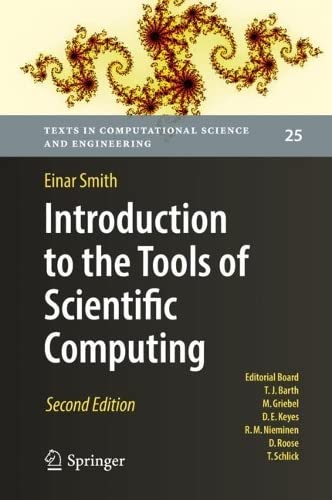

Most ebook files are in PDF format, so you can easily read them using various software such as Foxit Reader or directly on the Google Chrome browser.
Some ebook files are released by publishers in other formats such as .awz, .mobi, .epub, .fb2, etc. You may need to install specific software to read these formats on mobile/PC, such as Calibre.
Please read the tutorial at this link: https://ebookbell.com/faq
We offer FREE conversion to the popular formats you request; however, this may take some time. Therefore, right after payment, please email us, and we will try to provide the service as quickly as possible.
For some exceptional file formats or broken links (if any), please refrain from opening any disputes. Instead, email us first, and we will try to assist within a maximum of 6 hours.
EbookBell Team

0.0
0 reviewsThe book provides an introduction to common programming tools and methods in numerical mathematics and scientific computing. Unlike standard approaches, it does not focus on any specific language, but aims to explain the underlying ideas.
Typically, new concepts are first introduced in the particularly user-friendly Python language and then transferred and extended in various programming environments from C/C++, Julia and MATLAB to Maple and Mathematica. This includes various approaches to distributed computing. By examining and comparing different languages, the book is also helpful for mathematicians and practitioners in deciding which programming language to use for which purposes.
At a more advanced level, special tools for the automated solution of partial differential equations using the finite element method are discussed. On a more experimental level, the basic methods of scientific machine learning in artificial neural networks are explained and illustrated.